Multi-million-pound plans have been unveiled to restore whisky-making to part of the Highlands, Ferintosh on the Black Isle, once famous for it.
The proposed new distillery is expected to create up to 30 jobs.
At one time Ferintosh, between Conon Bridge and Tore on the Black Isle, outshone anywhere else in Scotland for its output of the national tipple during the 18th Century.
It is thought more than 1,000 people were employed in the local industry, with few left to farm the land.
And legend has it that Bonnie Prince Charlie drank Ferintosh whisky after his defeat at Culloden in 1746.
The area’s whisky-makers thrived on the back of a unique tax break granted to the landowner by the king. But the local industry collapsed after this privilege was withdrawn in 1786.
The decline was lamented in Robert Burns’ poem Scotch Drink.
Thee Ferintosh! O sadly lost!
Scotland lament frae coast to coast!
Now colic grips, an’ barkin’ hoast
May kill us a’;
For loyal Forbes’ charter’d boast
Is ta’en awa?”
Robert Burns, 1759-1796
Sustainable distilling specialist Organic Architects has now submitted plans to Highland Council for a new whisky distillery, visitor centre and warehouse in the area.
The exact location, on land at Mulchaich Farm, is known to have been used for whisky distillation in the past.
There has been some initial resistance to the plans from locals worried about traffic impacts. But access arrangements for the proposed distillery werealtered to take into account these concerns.
Ferintosh has ‘amazing’ whisky heritage
Organic Architects has previously helped to create distilleries on the Ardnamurchan and Morvern (Nc’Nean) peninsulas, as well as on Benbecula, among others.
Gareth Roberts, the Helensburgh-firm’s co-founder and consultant, told The Press and Journal Ferintosh boasts an “amazing” whisky-making heritage.
He added: “We have been working with the farmer who owns the land at Mulchaich.
“We aim to build a distillery that would use skills that were so prevalent in this part of the Black Isle after the Highland clearances.”
Architect says new jobs will put Ferintosh ‘back on the map’
Mr Roberts said the new jobs would put Ferintosh and its “lost story” back on the map and help to counter population decline across many parts of the Highlands and Islands.
If the project gets planning consent, the new distillery will be built “as quickly as we can possibly do it”, with construction potentially commencing later this year, he said.
Fellow Organich Architects director Bari Reid said local tradition and archaeological evidence suggest ruins at Mulchaich are the remains of one of the original Ferintosh distilleries.
Mr Reid added: “Today, nothing remains of this lost region which was once Scotland’s biggest whisky producer.
“The site is used for sheep-grazing as part of the farmland at Mulchaich.
“The history of the site is the very reason for this proposal coming about, and the research that was carried out for this application has proven there was distillation there.”
‘Momentous occasion’
The re-birth of Ferintosh whisky production would be a “momentous occasion” for Scotland and bring numerous benefits to the local community, Mr Reid said.
He added: “The distillery will allow visitors to discover the rich history of this Black Isle district which has been touched by the Jacobite rebellion and Highland Clearances, and contained one of the first legal distilleries in Scotland.
“Given the significance of the archaeology on the farm, local archaeologists and Historic Environment Scotland have been consulted as the design work has progressed.
“We look forward to continuing to work with them, as well as the local farmer and community to resurrect the infamous Ferintosh whisky.”
The rise and fall of Ferintosh whisky
Susan Brook, director at Highlands-based archaeology and heritage consultancy Buildings Archaeology, told us the Ferintosh and Bunchrew estates were acquired by the Forbes of Culloden family in 1670.
She added: “In 1690, Duncan Forbes of Culloden (1644-1704) secured the privilege of distilling whisky free of duty on his Ferintosh Estate for services rendered to the Crown during the religious unrest of the late 17th Century.
“The privilege was enjoyed by the Forbes family, without interruption until 1786, on payment of 400 merks (obsolete currency) annually. They continued to support the Crown at great expense to themselves throughout the turbulent times of the 1715 and 1745 Jacobite rebellions.”
Boom times for Ferintosh drams
Ms Brook added: “The privilege produced an immediate boom in the production of the spirit.
“Ferintosh whisky became increasingly popular and important, both because of its quality and its price. Other landowners protested at this unfair privilege but they were not successful.
“By 1761 grain was being brought not only from neighbouring districts but also from more distant parts of Scotland to feed production. The distillery buildings expanded and production grew dramatically, from 41,200 gallons in 1763 to 123,900gal in 1780.
Lowland whisky-makers objected to special tax status
“In 1782 a warehouse specifically for the Ferintosh spirit was opened in London in order to distribute increasing amounts of spirit being sent to England.
“A large distillery, which produced over 5,000gal of spirits in six months, is reported as being constructed at Ferintosh in 1782.
“This was the last straw; there was an outcry from the Lowland distillers against the flood of whisky produced in Ferintosh – resulting in the privilege being withdrawn.”
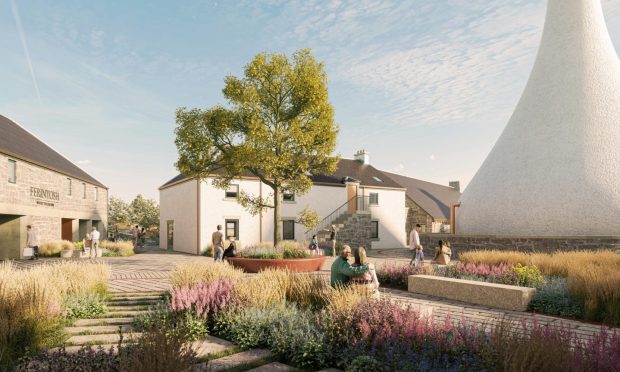

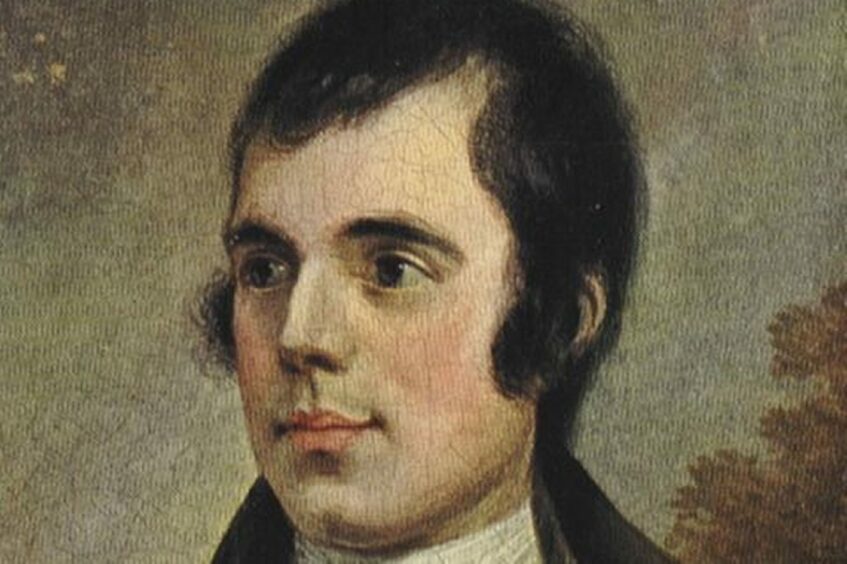
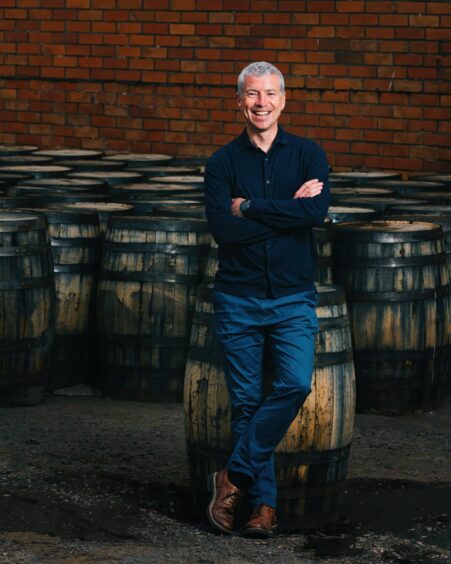
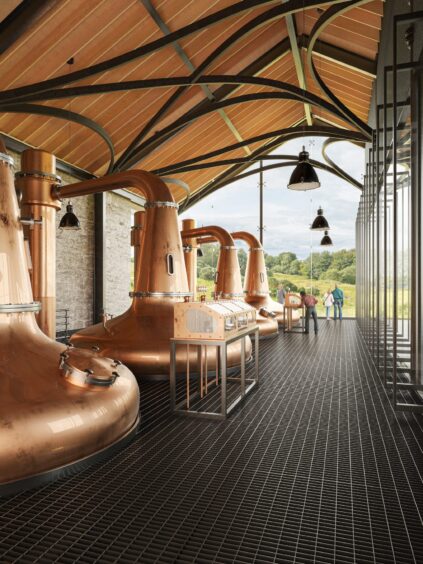
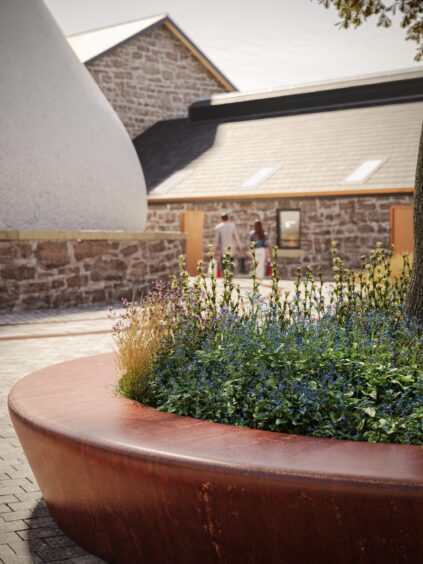
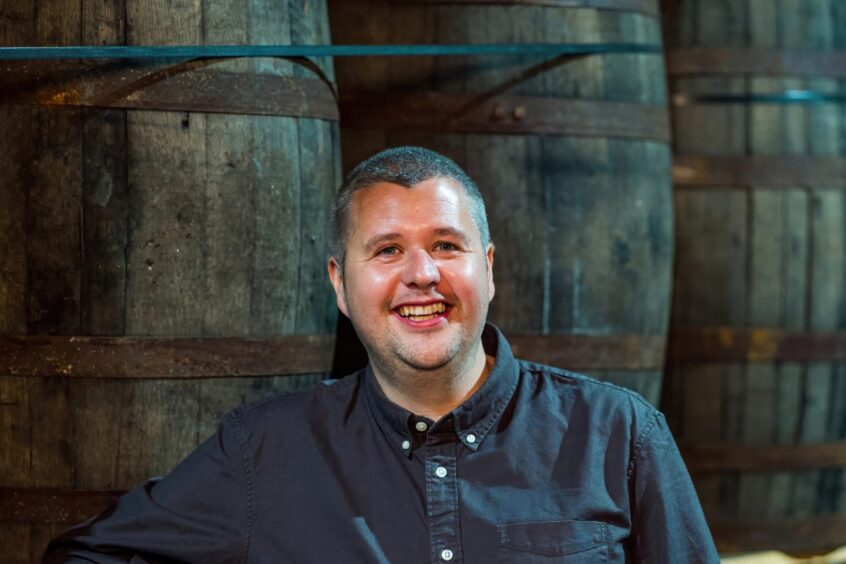
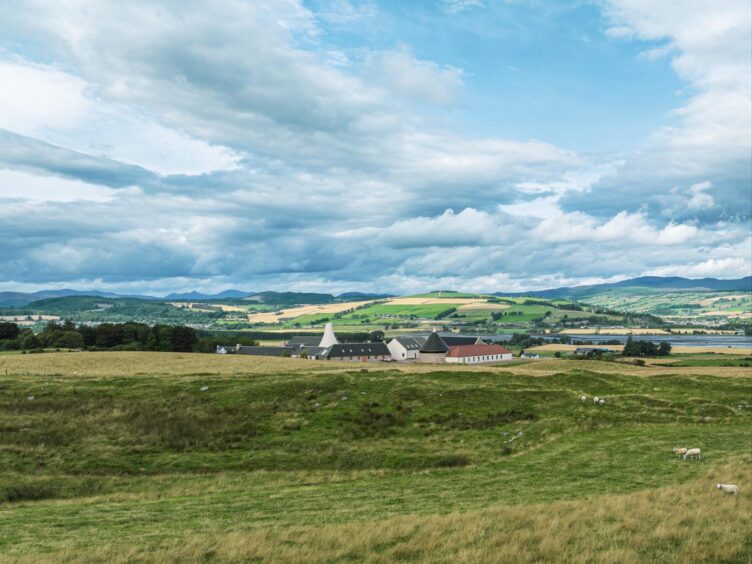
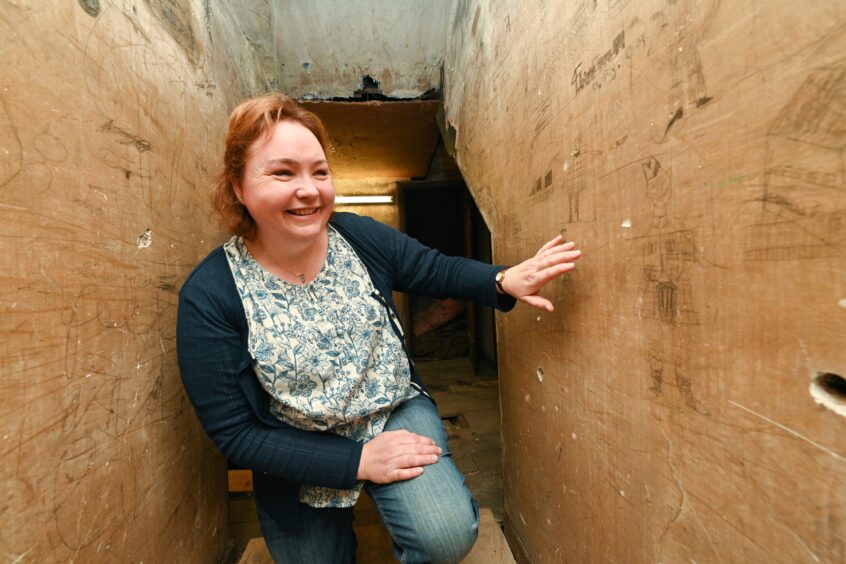
Conversation